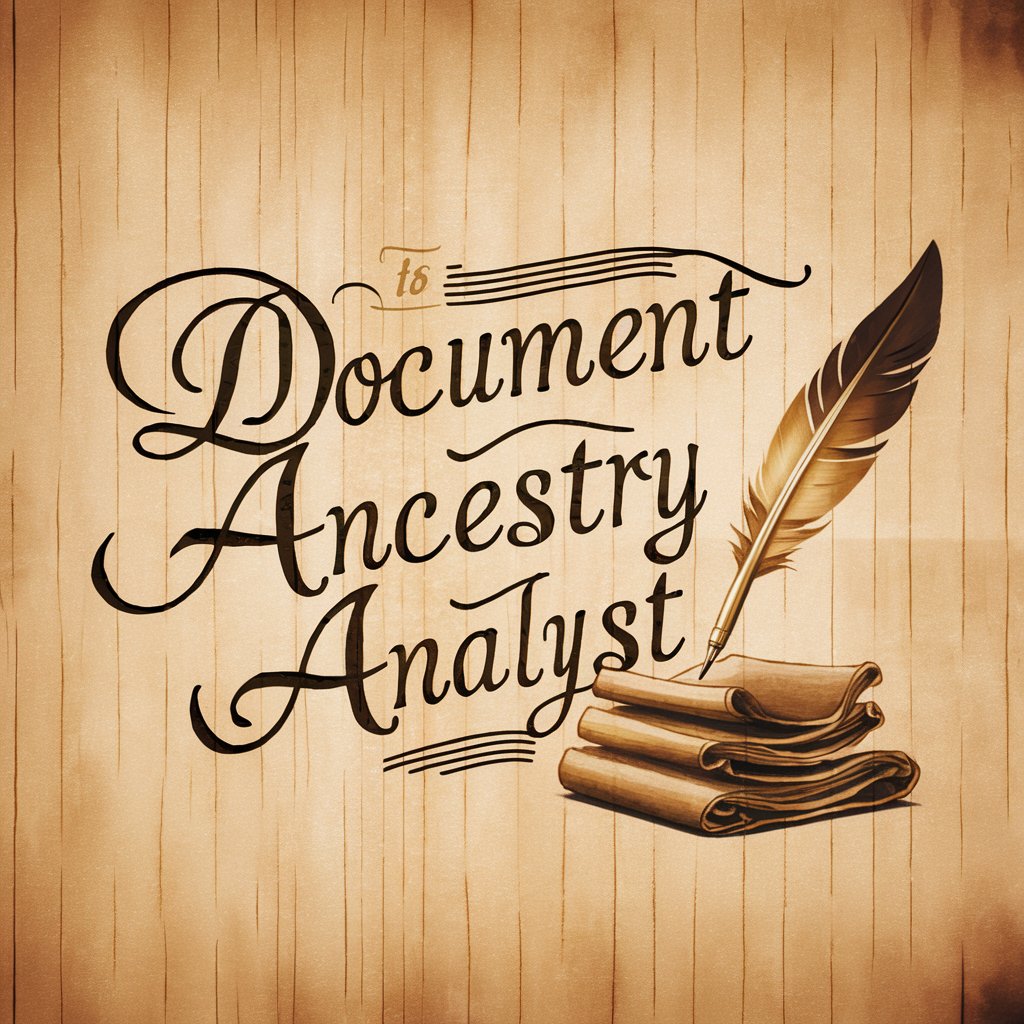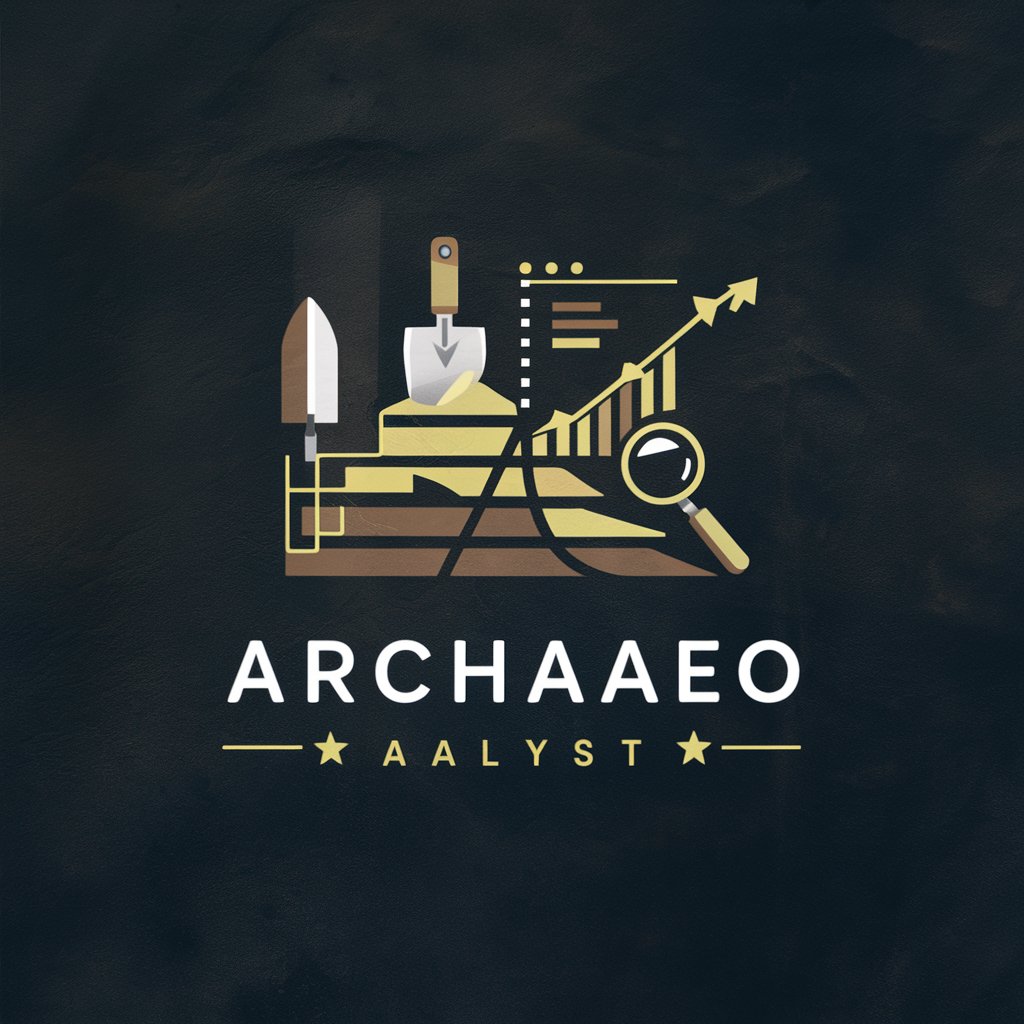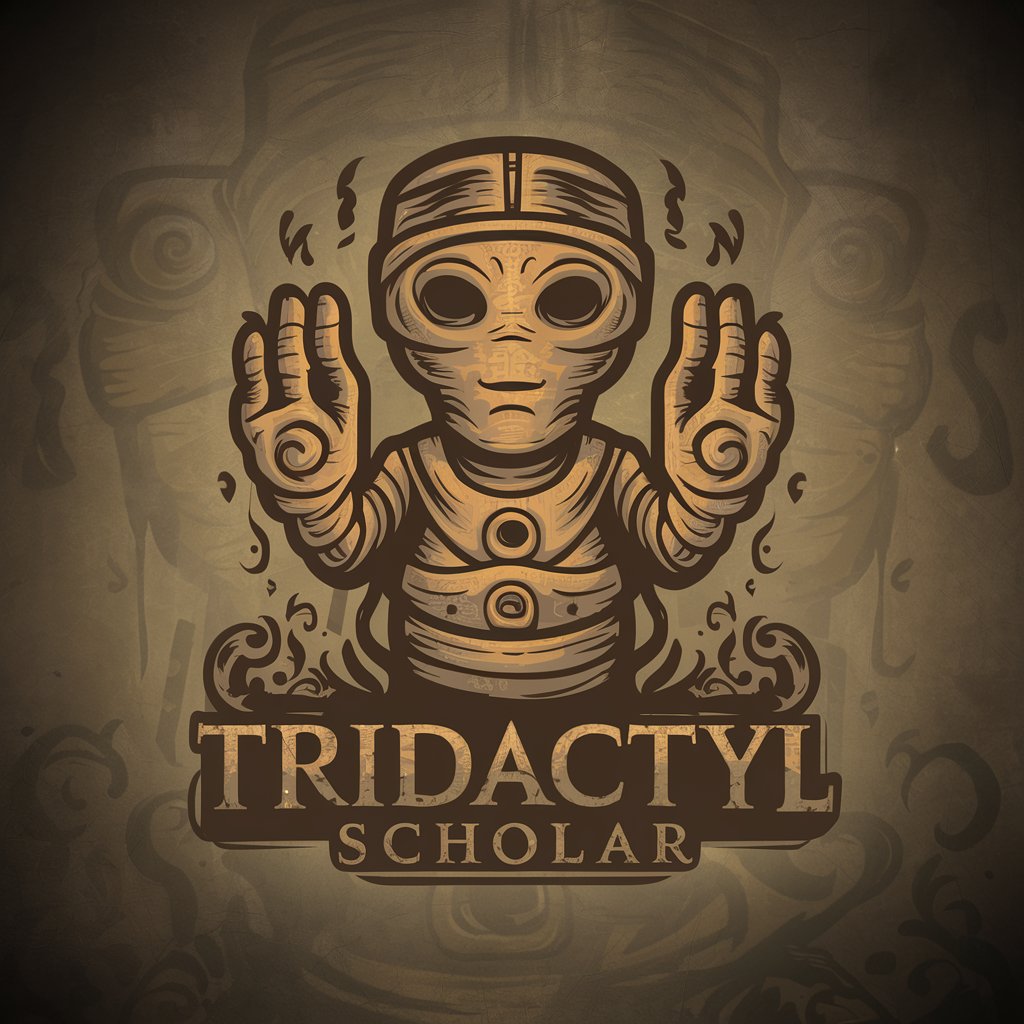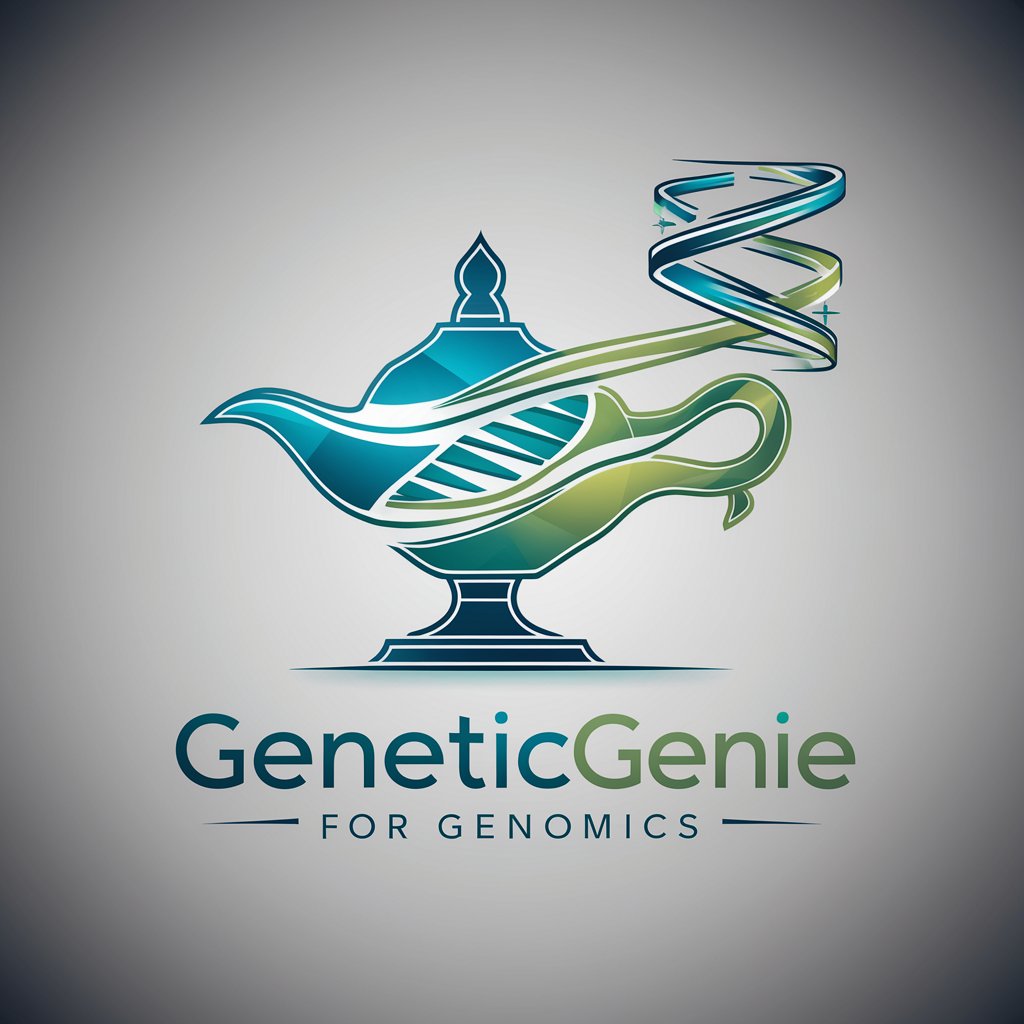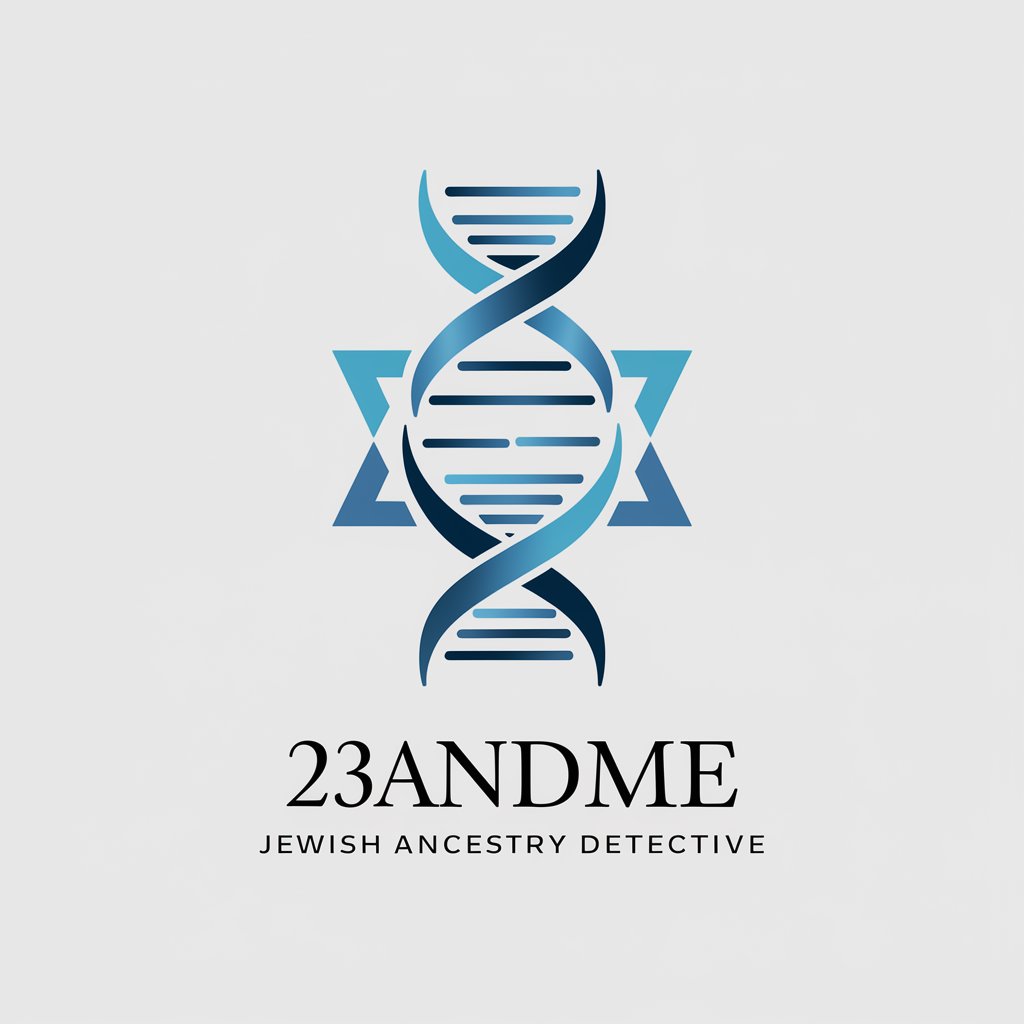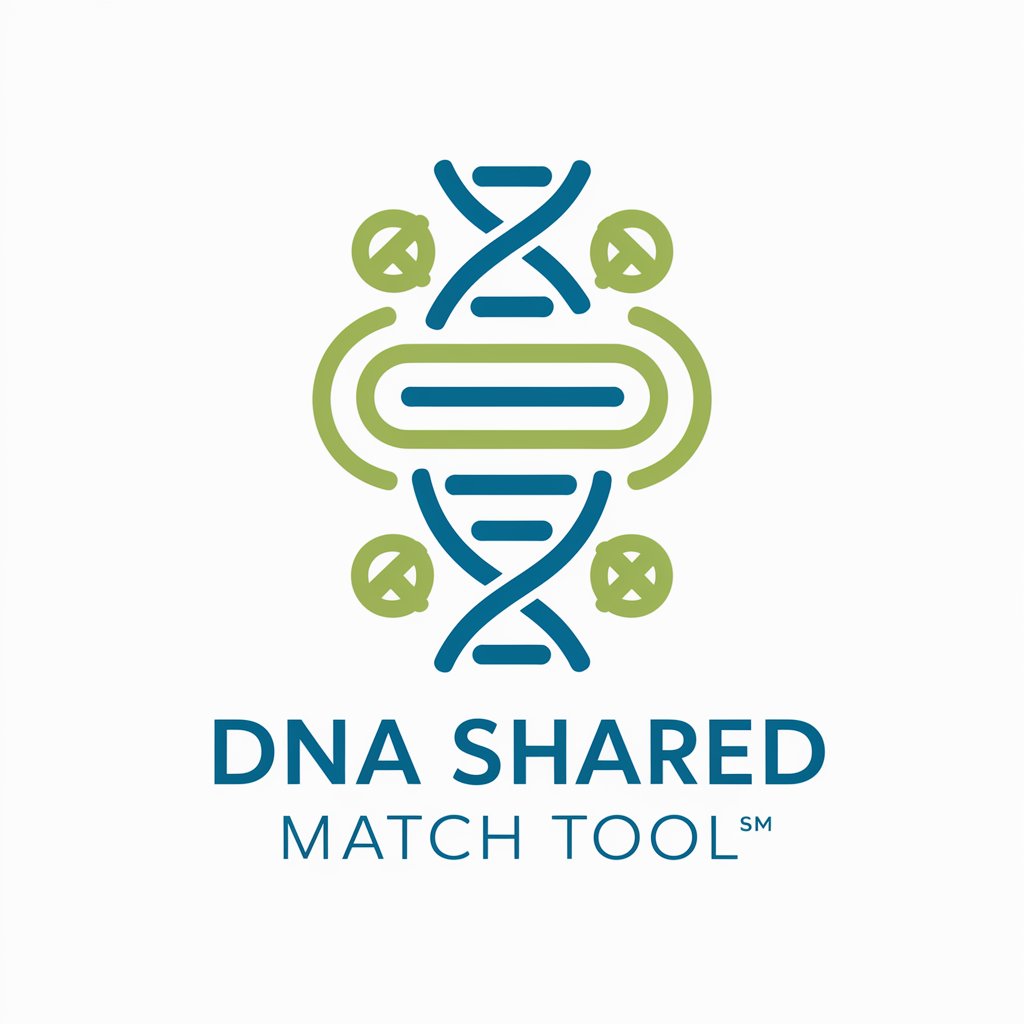
Ancient DNA Analysis - Ancient DNA Insights
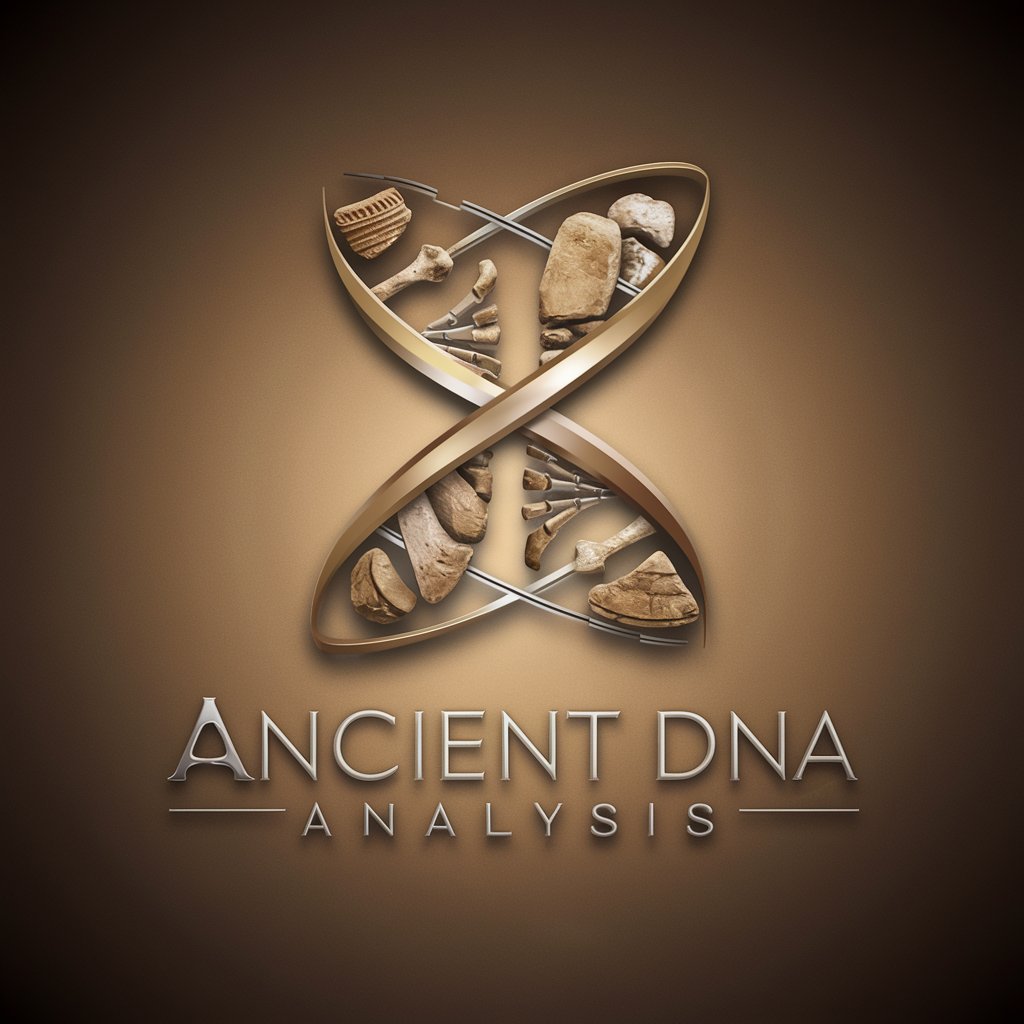
Welcome to Ancient DNA Analysis, your portal to the past through the lens of modern genomics.
Unlocking the secrets of the past with AI
Explain the significance of ancient DNA in understanding human migration patterns.
Describe how genomic sequencing has revolutionized our knowledge of prehistoric diseases.
Discuss the impact of genetic diversity studies on our understanding of early human populations.
Analyze the role of ancient DNA in tracing the domestication of plants and animals.
Get Embed Code
Introduction to Ancient DNA Analysis
Ancient DNA Analysis is a specialized field focusing on the extraction, sequencing, and interpretation of genetic material from ancient biological samples. This domain bridges the gap between genetics, archaeology, anthropology, and history, providing insights into the past lives of organisms, including humans, plants, and animals. It involves techniques like genomic sequencing to decipher the DNA from specimens that are hundreds to thousands of years old, often degraded and contaminated with environmental DNA. Through its methods, Ancient DNA Analysis can reconstruct evolutionary lineages, understand migration patterns, and explore the genetic diversity of past populations. For example, the analysis of DNA from Neanderthal bone fragments has reshaped our understanding of human evolution, revealing interbreeding events between Neanderthals and modern humans. Similarly, analyzing the genetic material from ancient crops has offered clues into the origins and domestication processes of vital agricultural species. Powered by ChatGPT-4o。

Main Functions of Ancient DNA Analysis
Deciphering Evolutionary Relationships
Example
Analysis of ancient human DNA to trace the migration patterns and interbreeding events with archaic human species.
Scenario
Researchers sequence DNA from ancient human remains found across different geographical locations to map out how populations moved and interacted over millennia.
Understanding Genetic Diversity
Example
Studying the genetic variation within populations of ancient domesticated animals to understand the impact of domestication.
Scenario
Geneticists examine the DNA from remains of ancient dogs to trace the timeline and regional differences in canine domestication, highlighting how humans have shaped genetic diversity through selective breeding.
Investigating Ancient Pathogens
Example
Identifying and reconstructing genomes of pathogens from historical pandemics to understand their evolution and impact on human health.
Scenario
Scientists extract DNA from teeth of individuals buried in mass graves during the Black Death to identify the strain of Yersinia pestis responsible for the plague, offering insights into its spread and lethality.
Revealing Cultural Practices
Example
Using isotopic analysis alongside DNA to infer diet, migration, and social structure of ancient communities.
Scenario
By analyzing stable isotopes and DNA from skeletal remains, researchers can deduce the dietary habits and mobility of ancient societies, offering a window into their lifestyle and social organization.
Ideal Users of Ancient DNA Analysis Services
Academic Researchers
Scholars and scientists in fields like genetics, archaeology, anthropology, and history who require detailed genetic information to support their research on ancient populations, evolutionary biology, and the historical spread of diseases. These users benefit from the ability to integrate genetic data with archaeological and historical records, enriching their understanding of past human societies, environmental changes, and biological evolution.
Cultural Heritage Professionals
Individuals and organizations working in the preservation of cultural heritage, including museums, cultural institutions, and conservation projects, who use ancient DNA analysis to obtain precise information about the biological aspect of artefacts, human remains, and historical environments. This helps in creating accurate reconstructions of past ecosystems and understanding the biodiversity of historical periods.
Educational Institutions
Teachers and educational platforms seeking to provide students with a comprehensive understanding of human history, genetics, and the scientific process. Ancient DNA Analysis offers a tangible connection between theoretical knowledge and real-world applications, making complex scientific concepts accessible and engaging for learners at all levels.

Guidelines for Using Ancient DNA Analysis
1
Start by visiting yeschat.ai to access a free trial, no sign-up or ChatGPT Plus subscription required.
2
Prepare your ancient DNA data. Ensure your genomic sequences are ready for analysis, adhering to the recommended formats (e.g., FASTA, VCF).
3
Select the specific analysis tool or feature relevant to your research needs, such as migration patterns, genetic diversity, or domestication studies.
4
Input your data following the platform's guidelines. Use the custom parameters to refine your analysis, optimizing for the most accurate and relevant results.
5
Review the analysis results. Utilize the provided tools for data interpretation, and consider leveraging the platform's resources for further insights into historical, evolutionary, or environmental contexts.
Try other advanced and practical GPTs
Lab Genius
Empowering research with AI-driven simulations.

Academic Research Companion
Elevating Academic Research with AI

ADHD Forever - 24/7 Assistant
Empowering ADHD lives with AI

猫の惑星🪐
Bringing anime-style cat joy to your screen.

The Write Assistant
Elevate Your Writing with AI

5 Ingredients Max Recipe
Effortless cooking with AI-powered simplicity

Strategy
Crafting Smarter Strategies with AI

Source Finder
Unlock Research Potential with AI

A Master University Professor
Empowering academic excellence with AI.

Cat Meme AI Generator
Turn your cat into a meme star

Skyler Greenleaf
Provocative social justice satire, powered by AI

Doctor GPT
Empowering Health Decisions with AI

Frequently Asked Questions About Ancient DNA Analysis
What is Ancient DNA Analysis?
Ancient DNA Analysis is a sophisticated tool designed to analyze genomic sequences from archaeological and historical specimens. It enables researchers to study human evolution, migration patterns, and the genetic diversity of past populations, providing insights into disease history, domestication, and cultural practices.
How accurate is Ancient DNA Analysis?
The accuracy of Ancient DNA Analysis depends on the quality of the DNA sample and the sequencing technology used. Advances in sequencing and data analysis techniques have significantly improved accuracy, making it possible to obtain reliable data from even highly degraded samples.
Can Ancient DNA Analysis identify individual traits?
Yes, Ancient DNA Analysis can identify individual traits, such as genetic predispositions to certain diseases, physical characteristics, and even ancestral origins. However, the level of detail and accuracy in trait prediction can vary based on the sample's condition and genetic information available.
What are the limitations of Ancient DNA Analysis?
The main limitations include the degradation of DNA over time, potential contamination from modern DNA, and the complex ethical considerations regarding the study of ancient human remains. Additionally, the interpretation of results requires careful consideration of historical and archaeological contexts.
How can I use Ancient DNA Analysis in my research?
To incorporate Ancient DNA Analysis into your research, start by defining your research questions. Prepare your ancient DNA samples according to recommended protocols, select the appropriate analysis tools on the platform, and interpret the results in the context of your research objectives, leveraging interdisciplinary approaches for comprehensive insights.
